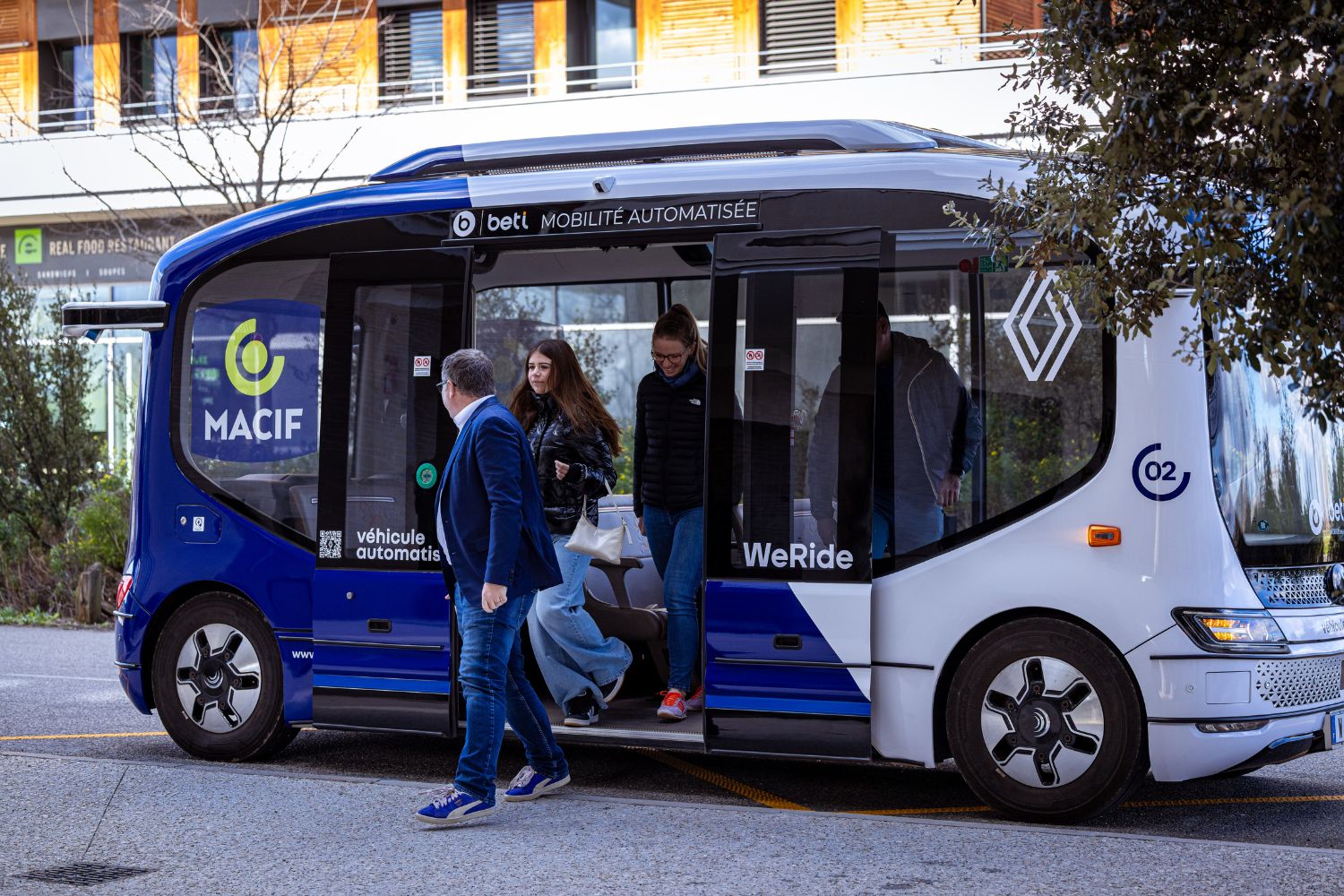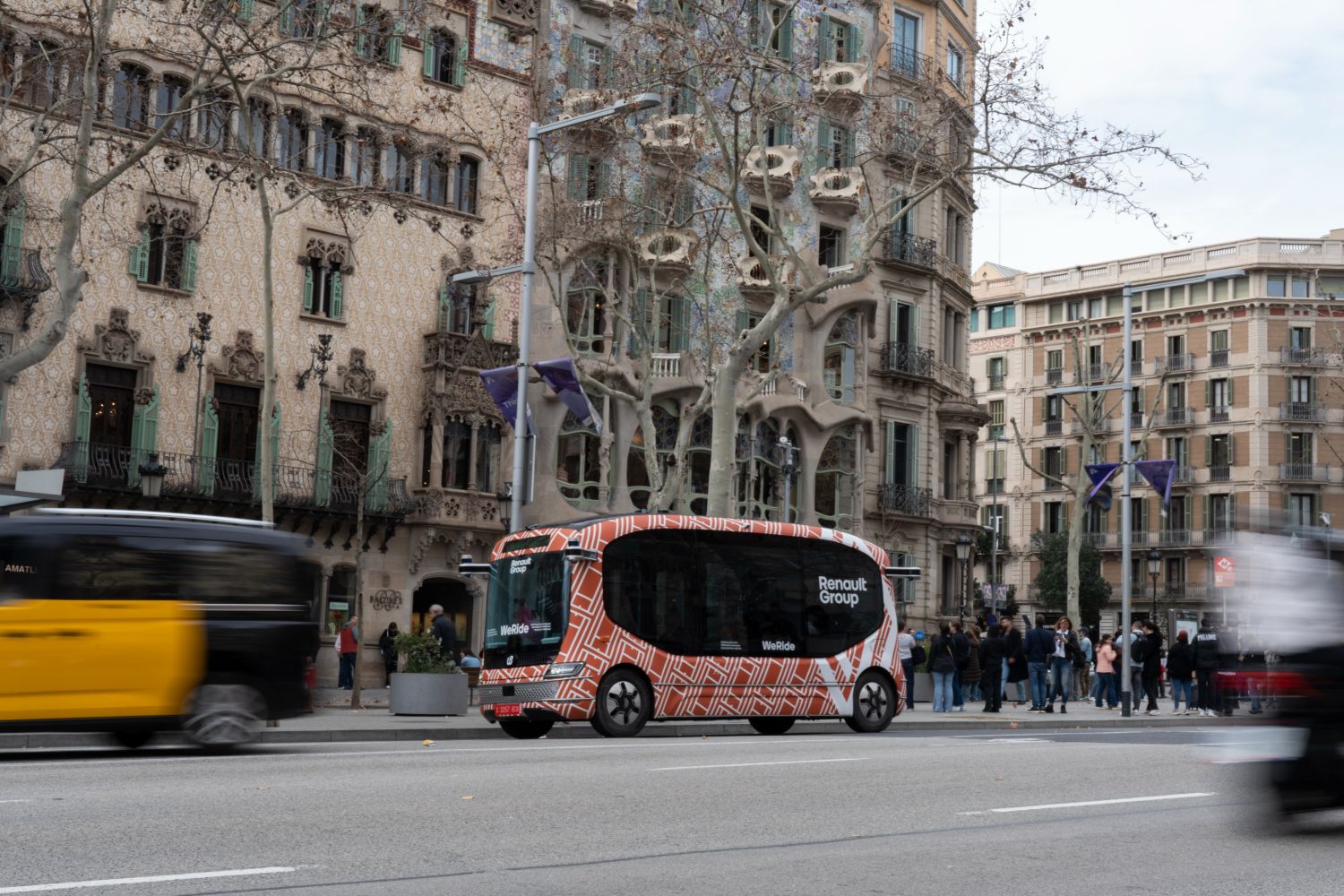Renault is taking something of an interesting approach to the question of autonomous driving. While others are still hell-bent on offering robotic cars to private users, or creating fleets of robo taxis, Renault reckons that the big up-front costs of autonomous vehicles make them far more suitable to big public services.
Where did this all start?
Last May, Renault unveiled this strategy with a pilot project that put an autonomous shuttle bus into service, running electrically and driverless-ly between the French Open tennis championships at Roland Garros, and one of the outlying car parks.
According to Renault: “With 1,000km covered and nearly 700 people transported, this first full-scale test demonstrated the maturity of the technology as well as the relevance of this passenger transport solution.”
Leading on from that, the successful Roland Garros experiment has led to more such mobility projects coming to fruition, working with local authorities, transport operators, and private sites in Zurich, Valence, and Barcelona. Several more such projects are due to be announced very soon.
So what are these projects?

As with the Roland Garros experiment, Renault is working with WeRide, 'a world leader in autonomous solutions.' Working with WeRide in Barcelona, Renault now has two autonomous electric minibuses working on a 2.2-kilometre open road loop in the heart of the streets of Barcelona.
“By developing autonomous shuttles in a dense and complex urban environment, the experimentation demonstrates the maturity of new technologies for automated public transport services. It also expresses Renault Group's vision of the future challenges of public transport in Europe: autonomous mobility as a means of making cities more liveable, transport more accessible and mobility more efficient and more sustainable,” said a Renault spokesperson.
In Valence (a city in the south-east of France, between Lyons and Avignon), Renault is working with Beti (French private public transport operator), Macif (insurer of the vehicles and beti's partner), and WeRide to provide a fleet of 'Level 4' autonomous shuttles to run between Valence's big business park and the TGV train station. So far, the 3.3-kilometre open road route of the two shuttles is serving 150 companies and their 3,000 employees, by linking the station, the remote long-term car park and the catering hub of the business park.
In Zurich, Renault and WeRide is providing autonomous shuttles that run between the terminals of the city's airport. As with the other projects, Renault says that the idea is to offer Level 4 autonomous (so no need for a human operator in the vehicle) but supervised remotely by controllers, who can step in to deal with any issue that the software can't cope with.
What about autonomy for passenger cars?
For private passenger cars, Renault's take is that such Level 4 and Level 5 autonomous tech will just be too expensive, so instead the company is focusing on “market-leading Advanced Driver Assistance Systems (ADAS) (Adaptive Cruise Control, Lane Keeping Systems). These Level 2 or even Level 2+ level assistance systems improve safety and comfort while leaving the driver responsible for driving.”


